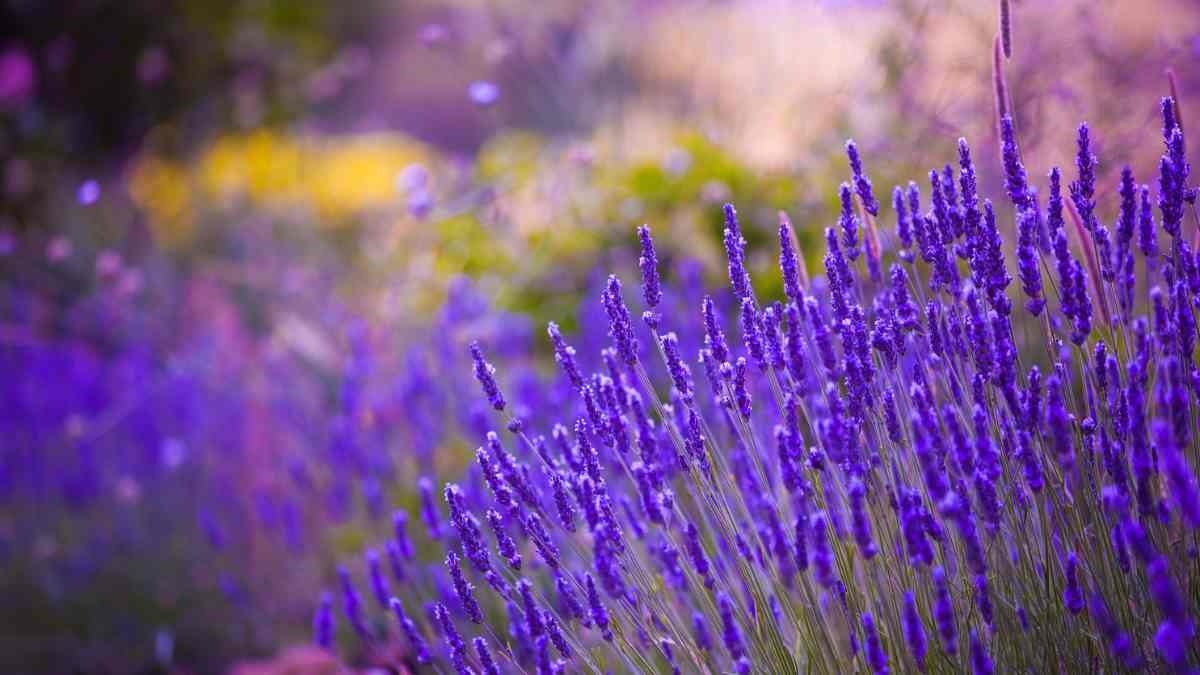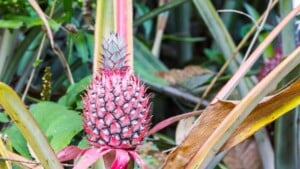Instead of using harmful pesticides in your garden to control pests, consider incorporating beneficial plants that naturally deter them.
These beneficial plants offer natural pest control and add beauty and diversity to your garden.
From marigolds to mint, there are numerous options to choose from. These natural pest control options let you enjoy a healthier and more sustainable garden while also doing your part for the environment.
Sunflowers

These cheerful flowers can attract beneficial insects like ladybugs and parasitic wasps, which can help control pests like aphids and caterpillars.
Mint

The strong scent of mint repels many pests, such as ants, fleas, and mice. You can plant mint around your garden or in containers near entryways to keep pests at bay. Alternatively, you can make a natural pest spray by crushing fresh mint leaves and mixing them with water. Just be aware that mint can be invasive, so it’s best to plant it in a container or separate area to prevent it from taking over your entire garden.
Lemongrass

Lemongrass is a grass that is native to Asia. It is commonly used in cooking and in insect repellents because of its strong lemony scent, which mosquitoes and other insects find offensive
Marigolds

These beautiful, bright flowers are a natural insect repellent and can be used to control nematodes, whiteflies, and other pests. They contain a compound called pyrethrin, which is a natural insecticide.
Basil

Basil is a culinary herb that is also effective at repelling mosquitoes, flies, and other insects and can deter aphids, spider mites, and other pests. It contains a compound called linalool, which has insecticidal properties.
Chrysanthemums

These pretty flowers contain a natural insecticide called pyrethrum, which is effective against many insects, including ants, roaches, and ticks.
Lavender

This fragrant plant repels moths, fleas, and flies while attracting beneficial insects like bees and butterflies to your garden. It contains a compound called linalool, known to have insecticidal properties.
Nasturtiums

These colorful flowers can help repel whiteflies, aphids, and squash bugs and attract beneficial insects like ladybugs and lacewings.
Catnip

Catnip is an herb that is known for its ability to attract cats. It is also effective at repelling mosquitoes, flies, and other insects. Catnip contains a compound called nepetalactone, which is known to have insecticidal properties.
Dill

Dill is an herb commonly used in cooking. It is also effective at repelling mosquitoes, flies, and other insects. Dill contains a compound called anethole, which is known to have insecticidal properties. This herb also attracts beneficial insects like wasps and ladybugs, which can help control pest populations in your garden.
Garlic

This pungent bulb can repel a wide range of pests, including aphids, slugs, and Japanese beetles.
Rosemary

This fragrant herb repels various pests, including mosquitoes, bean beetles, and carrot flies. It contains a compound called camphor, known to have insecticidal properties.
12 Easy Vegetables to Grow at Home Even if You Have No Idea What You’re Doing

If you aspire to embark on the journey of growing your own vegetables, it’s advisable, to begin with the easiest crops.
This ensures a higher likelihood of success and a bountiful harvest of delicious produce. To assist you in this endeavor, here are the top 12 easiest vegetables that you can effortlessly grow at home.
Avoid a Pathetic Garden by Following These 12 Gardening Tips

Have you decided it’s time to dive into the beautiful world of vegetable gardening? Prepare yourself for a fulfilling and successful journey using these 12 essential tips and tricks for your garden.
Learn the secrets of planting in intervals, selecting suitable crops for your geographical zone, using the power of sunlight to enrich your harvest, and more.
If You Care About Your Immune System Eat These 12 Superfoods

Maintaining a robust immune system has become increasingly crucial in recent years. Fortunately, bolstering your immune health and reducing the likelihood of falling ill is achievable through a nourishing diet abundant in superfoods.
Scientists Reveal: 12 Steps You Can Take to Live a Happier Life

Embrace the power of a healthy lifestyle with these 12 science-backed tips to get you out there, live your best life, and let that happiness radiate like a supernova.
Avoid Feeling Old and Rickety with These 12 Life Changing Yoga Benefits

Are you looking for a holistic strategy to improve your entire well-being? Yoga is a great place to start! Accept the transforming power of yoga and get its life-changing advantages.
Check out 12 of the most life-changing benefits yoga offers to understand why everyone is trying it!
This originally appeared on Planet Natural.











